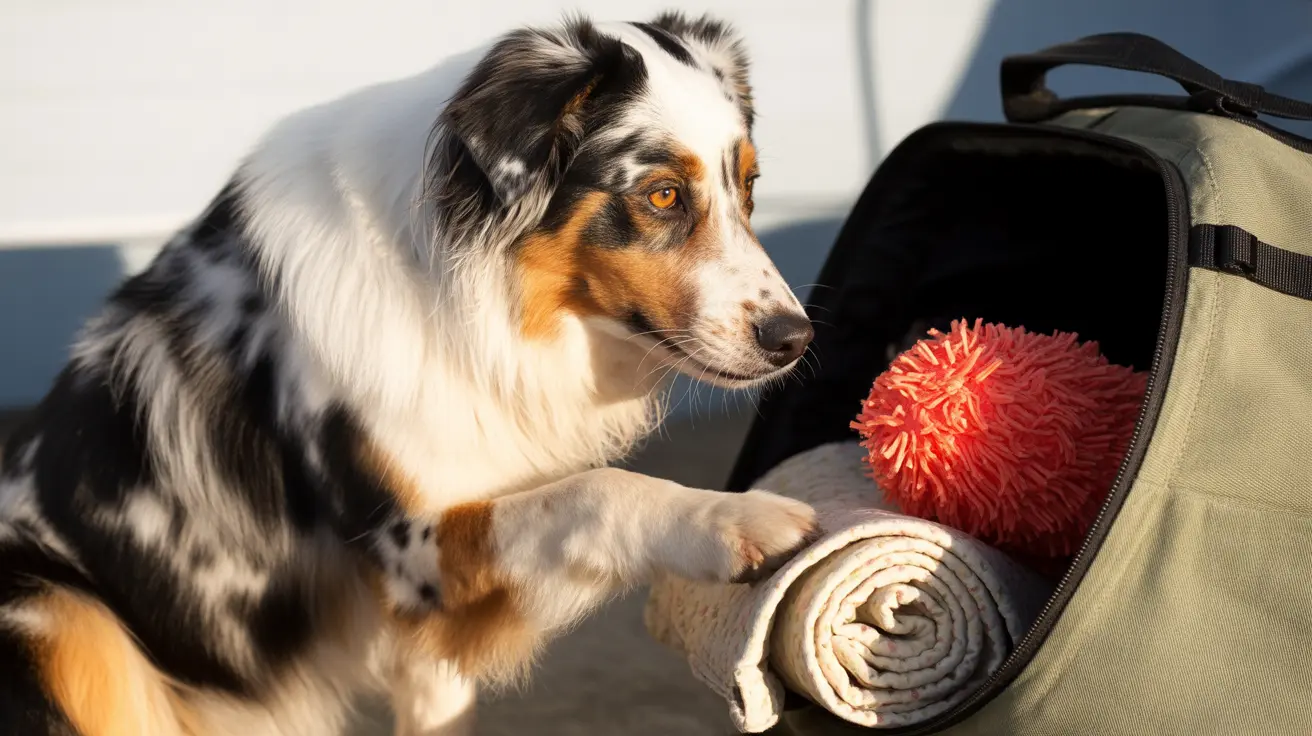Effective Ways to Remove Flea Eggs from Your Dog
Fleas are tiny, blood-feeding insects that infest pets, causing skin irritation and potential health issues. Their eggs, which are about the size of a grain of salt, play a central role in recurring infestations. Unlike adult fleas, these eggs are often overlooked, making complete eradication a challenge.
Understanding Flea Eggs
Flea eggs appear white or off-white and are difficult to spot without close inspection. They often fall off the pet into environments like bedding, carpets, and furniture. As part of the flea's life cycle—which includes egg, larva, pupa, and adult stages—eggs typically hatch within 2–14 days, depending on environmental conditions.
How to Remove Flea Eggs from a Dog
- Bathe Your Dog: Use a mild or veterinarian-approved flea shampoo to kill adult fleas on contact and remove eggs. This step helps loosen any eggs attached to fur.
- Use a Flea Comb: A fine-toothed flea comb is essential to physically remove both fleas and their eggs. Focus on areas like the neck, tail base, and belly. After several strokes, dip the comb in soapy water to kill any trapped eggs and fleas.
- Apply Preventive Treatments: Administer an oral, topical, or collar-based veterinarian-recommended flea preventive. Choose products containing an insect growth regulator (IGR) to stop larval development and future egg laying.
Clean Your Pet’s Environment
Flea control requires targeting the household to eliminate eggs that have fallen off:
- Wash Bedding: Clean all pet and human bedding using hot water and high-heat drying.
- Vacuum Regularly: Thoroughly vacuum carpets, upholstered furniture, baseboards, and pet sleeping areas. Immediately discard vacuum bags or empty canisters outside.
- Steam-Clean: Use a steam cleaner on furniture and floors to kill flea life stages.
- Mop and Disinfect: Mop hard floors and periodically clean behind and under furniture where eggs may accumulate.
- Use Environmental Sprays: Use home sprays with IGRs in cracks and shaded zones prone to infestation.
Outdoor Flea Egg Control
- Mow Lawns: Keep grass short to reduce flea habitat.
- Limit Wildlife: Secure trash and avoid feeding strays or letting rodents into your yard.
- Apply Safe Sprays: Use outdoor flea sprays containing IGRs in shady spots frequented by pets.
Alternative and Natural Methods
- Diatomaceous Earth: Sprinkle food-grade powder on pet areas to dehydrate fleas and eggs. Avoid pet contact with eyes or nose.
- Essential Oils (Cautiously): Oils like neem or cedarwood may repel fleas. Always dilute and consult your vet before use.
- Soapy Water Traps: Place a dish of soapy water under a lamp overnight to catch adult fleas.
- Salt on Carpets: Finely ground salt can desiccate flea eggs and larvae. Use sparingly due to possible irritation.
Prevention Strategies
- Monthly Flea Preventives: Treat all pets consistently to prevent reinfestation.
- Clean Regularly: Continue vacuuming and washing bedding even after the issue appears resolved.
- Inspect Frequently: Check your pet’s coat for signs of fleas, flea dirt, or eggs regularly.
Identifying Flea Eggs vs. Flea Dirt
To identify whether debris is flea eggs or dirt:
- Place particles on a white paper towel.
- Add water. Flea dirt turns reddish due to blood content; eggs stay white.
Consulting a Veterinarian
If over-the-counter solutions or home remedies fail to resolve a flea infestation, consult your veterinarian for advice. Persistent infestations may require prescription-strength medications and even professional pest control services.
Key Takeaways
- Treat your pet directly with flea shampoo, combs, and veterinary-approved products.
- Target the pet’s environment—vacuum, clean, and use home sprays to destroy larvae and eggs.
- Sustain efforts for multiple weeks to disrupt all flea life stages.
- Combine natural remedies with veterinary products with caution and oversight.
- Commit to ongoing flea prevention to avoid recurrence.
By following a consistent approach combining direct treatment, environmental cleaning, and preventative care, you can effectively remove flea eggs from your dog and prevent future infestations.





